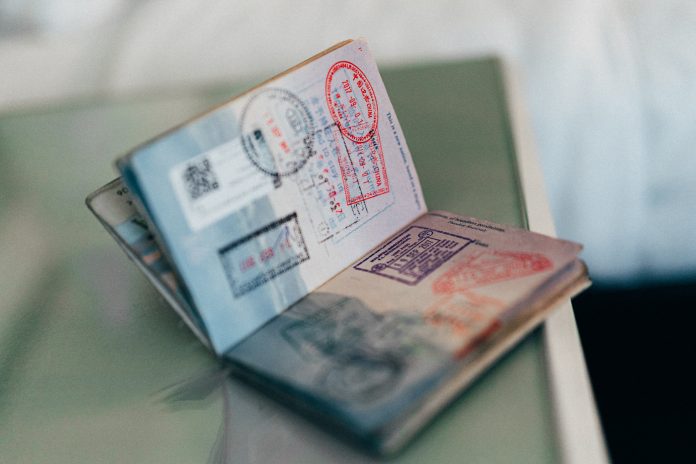When carrying out any form of procedure with private or public organisation, the verification of an identity is vital. In terms of passports, how and who can verify them?
In a recent post by Electronic IDentification, the company explained in detail eDocument verification and how it can play a key role in verifying a passport online.
eID said, “All companies in the financial sector, travel, mobility, insurance, or even public administrations have at some point been confronted with the question “how can I verify a passport online to check the identity of my customers or users?”
“Verifying a passport (or ID document) is an essential step in ensuring the integrity of our customer’s data, as well as preventing fraud. Hence, document ID verification is a requirement that all companies in regulated sectors must comply with, as set out in the AML regulation to prevent fraud and money laundering.”
When carried out in person, an employee or representative of the company having to verify the documents can perform the passport document verification to verify the passport’s identity and that the holder’s data and photo are legitimate and correspond to who they are. They often do this at a commercial office or branch of a business, to ensure the identity of the passport has not been forged or manipulated.
The in-person process often means a copy of the passport is made and stored in the form of a photocopy or scan – this often involves taking certain security checks to ensure data protection, as outlined in the EU’s GDPR regulation.
Meanwhile, online document verification and identification also need to be carried out. Highly regulated businesses – such as those in finance – often allow their customers to register, sign contracts or accept the conditions of a service fully remotely. This is due to the European eIDAS regulation that sets out the rules for the online forms of identity and document verification solutions by electronic means.
To verify ID documents online with the same validity as in person, the user is required to follow three key steps for the identification to be completed. They must show their ID document front and back to the camera on their phone or computer and must be done via streaming video, while the AI performs authenticity checks and extracts the data from the document. They must also carry out a proof-of-life test.
At the same time, the qualified agents revise the entire process in real time and validate the identification if everything is according to standards.
In many online document verification systems, Optical Character Recognition technology is used to capture and extract the data. The main objective of this process is to improve the user’s trust and experience, as well as to perform all the checks needed.
eID said, “Some of the data extracted by OCR are the name, surname, date of birth, gender, address, nationality, ID number, expiration date. Although the data that is extracted depends on the type of document, country and company needs. The algorithm can also quickly detect if a user is, for example, a minor, if their ID card has expired, or if the ID document or passport doesn’t belong to him.”
Another area of focus is eDocuments, which are getting more and more relevant in GovTech since they can be used to file a tax return, request a certificate of census registration, register births of claim pension entitlement, among other operations.
In some countries, the eDocument verification must be still carried out in person at a police station or public administration office for an agent to perform the verification of the identity documents face-to-face. Other countries, like France, are already implementing video identification in some processes of their public administration. This kind of document verification software makes the process of obtaining an ePassport or eDocument much easier, faster and more efficient for the citizen.
eID highlighted that with an AI-powered identity document verification software, companies of any industry or public institutions can implement 100% online services with the same guarantees and security as face-to-face processes and do it in full compliance with national and transnational regulations.
In addition, they can eliminate physical restrictions and operate across borders, avoid online fraud, reduce costs and greater operational reach and offer a 24/7 service from anywhere.
On the other hand, users can benefit from saving time and effort and carry out the procedures they want from anywhere whenever they want, have greater control over their own data’s processing, not have to deal with agents directly and access a wider range of services as they don’t have to travel to a bricks and mortar branch.
eID concluded, “In short, offering services online, be it opening a bank account, renting a car, or paying taxes, allows greater flexibility, reach and security for businesses, institutions and end-users alike.”
Read the full post here.
Spanish identity software specialist Electronic IDentification (eID) has launched a new solution aimed at building any digital onboarding process within hours.











